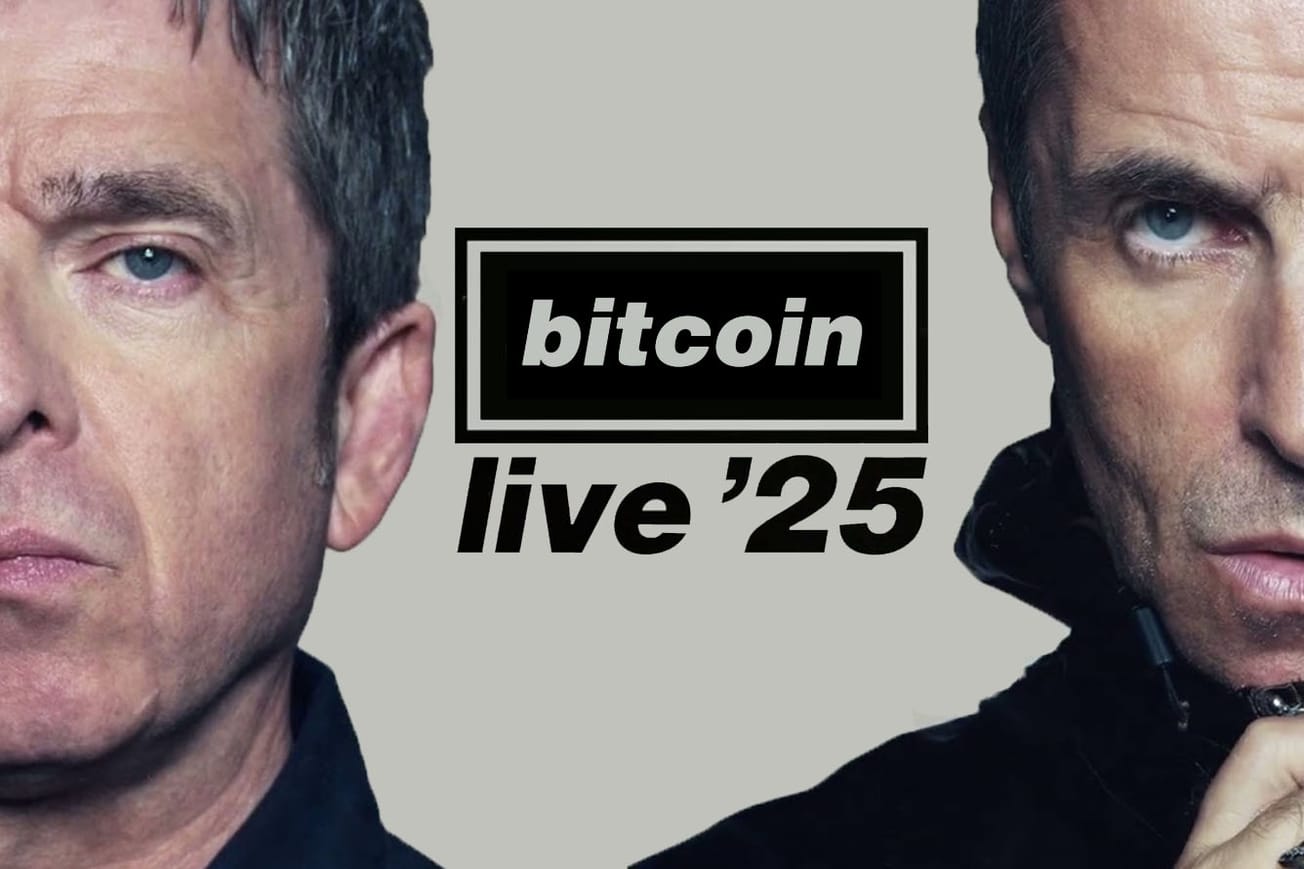Table of Contents
In the rapidly evolving world of digital assets and cryptography, understanding the foundational concepts is crucial, even for the non-technical investor. One such concept is the technology of proofs – you know, the things that sound like they belong in a sci-fi novel, but are actually working behind the scenes every time you check your crypto balance.
Once Upon a Time, in the World of Cryptography…
It all began in the 1970s when clever folks (let's call them the OG cryptographers) made some discoveries that sounded like they emerged from a sci-fi novella. These advancements in proofs brought forth two major goodies: data compression and security. Imagine being able to decrease the computational might required to solve a puzzle without changing the result significantly. Mind-bending, right?
But how did it work in practice? Picture this: two individuals, separated by continents, having a heated debate about whether a coin flip would result in heads or tails. With no shared coin in sight and the vast expanse of oceans between them, how would they settle the debate? Enter the magic of cryptographic primitives. Thanks to a nifty protocol known as an interactive proof, they could determine the coin flip's outcome without having to trust each other.
Ah, the beauty of distrust in technology.
The Trust-Minimized Environment Showdown
Proofs create a fascinating environment where trust is, let's say, minimized. But hold on, isn't that the same as what consensus mechanisms in blockchain technology do? Well, not quite. These mechanisms harness the power of majority rule, coupled with a sprinkle of cryptographic signatures. Fun fact: cryptographic signatures are essentially zero-knowledge proofs in glamorous attire.
But why should you, a digital asset enthusiast, care? Because in this age of data breaches and dubious data ethics, proofs offer a promise of a future where personal data isn’t treated like a free buffet. Imagine a world where you don't have to squint suspiciously at your ride-share ETA. The validity of such data would be verified for you.
A Dive into the Deep End: Proof Strategies
If you're still here, it's time to jump into the more dizzying depths: the various proof strategies. Hold on to your cryptographic decoder rings!
- Interactive Proofs: The basics. These proofs engage in a playful game of randomness to validate claims. The prover and verifier exchange quick quips of data each time they need validation. Think of it as passing secret notes in class, but way cooler.
- Non-interactive Proofs: If interactive proofs are about passing notes, non-interactive proofs are more like creating an elaborate flowchart that anyone can trust and verify. Essentially, you provide one solid proof that can be sent to an audience who then trustingly nod in agreement.
- Zero-Knowledge Proofs: These are the James Bonds of proofs. A zero-knowledge proof will give you a simple 'yes' or 'no' without revealing any other juicy tidbits. It's like someone whispering, "I know the secret password" without telling you what it is.
Real-World Applications: A Quick Dive
Ever used an ATM card and wondered how your bank ensures your financial safety? That's cryptographic proofs in action!
Cryptographic proofs, though sounding like a topic best left for the movie nerds engrossed in a hacker flick, are actually omnipresent. And, in the world of digital assets, they're akin to the sturdy locks on bank vaults. Some use cases are already evident:
- Financial Transactions: Think about when you transfer crypto assets between wallets. The system verifies that you have the right to do so without necessarily revealing your private key, often through zero-knowledge proofs. It's like showing an ID without having to reveal your age. Useful, right?
- Voting Systems: As the world toys with the idea of digital voting, cryptographic proofs can ensure one's vote is legitimate without disclosing the actual choice. So, in essence, it's the future of secret balloting, but shinier and with fewer paper cuts.
- Digital Identity Verification: Imagine a world where you don’t have to tediously input personal data to prove you're, well, you. Cryptographic proofs can validate your identity without displaying your personal details. It's the digital equivalent of walking into your local pub and being handed your favorite drink without showing an ID. The bartender just knows.
But It’s Not All Rainbows & Proofs
Cryptographic proofs aren't just for the tech-savvy elite. They're entwined with our digital world, working silently in the background, ensuring the security and privacy we often take for granted.
But like all things in the crypto playground, there are hiccups. Generating proofs is a bit like doing intense brain gymnastics. As the complexity increases, the computational power it demands gets steeper and steeper. Plus, on public platforms, these proofs have to be extra cautious about not spilling any beans.
However, fear not. The intersection of math, software, and hardware is bustling with activity to find solutions. Some of the most impressive results so far have emerged from getting software and hardware to have a friendly chat about optimization.
As the crypto-landscape evolves, expect these unsung heroes to take center stage, leading the charge in maintaining trust in an increasingly digital age. So, next time you hear "zero-knowledge proof," give a nod of appreciation. They're the silent guardians of the crypto realm.
This article was prepared in collaboration with Franklin Templeton Digital Assets. Learn more about this topic in their new research paper "An introduction to proofs."









